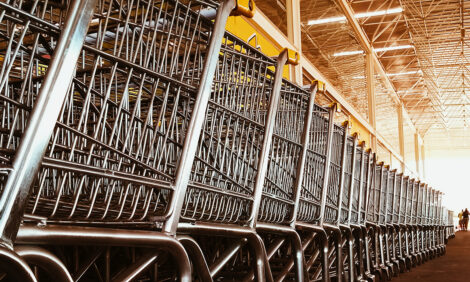



Pig Meat Shortfall Forecast for EU
EU - European Union production of pig meat could fall by nearly three million tonnes over the next three years, according to the UK's National Pig Association.Following a survey of producers and producer representatives in member countries, it forecasts production will be:
- minus four per cent in 2011, down approximately 880,000 tonnes
- minus five per cent in 2012, down approximately 1.06 million tonnes, and
- minus five per cent in 2013, down approximately 1.007 million tonnes.
The falls will mean higher prices at retail, particularly for countries that are net importers of pig meat, so British retailers and processors should start working more closely with British producers to improve supply chains, says NPA.
NPA's forecast is the first serious attempt in Europe to analyse the effect of a number of bearish influences on pig production, which will come to a head over the next three years. These include low prices, high feed costs, the European stalls ban (due to come fully into force in January 2012), currency volatility, and nervousness among banks about the sustainability of continental pig production.
NPA has sought the views of pig farmers and industry representatives in a number of countries, particularly Denmark, Germany, France, the Netherlands and Poland, which combined produce more than two-thirds of European Union pig meat.
Many continental pig-keepers have been producing at a loss for nearly half a decade and are poorly placed to survive the next three years. At least one-third of them will have difficulty converting from stalls to loose-housing by 2012, in compliance with European Union law. It costs over £400 per sow place to convert to loose-housing and the 1999 stalls ban in the United Kingdom caused the national herd to almost halve during the following 10 years.
NPA general manager, Barney Kay said: "In making our forecast, we have been at pains to study relevant data-sets and to survey producers and producer representatives in the main pig-producing countries of the European Union. We have also considered the views of European Commission officials and revisited our own data on the effects of higher feed costs and converting from stalls to loose-housing.
"Nevertheless, we acknowledge we may have understated the problems facing the European industry, because many continental producers do not know themselves yet whether they will convert to loose-housing by January 2013, or cease production by that date, or continue to use stalls and hope to avoid detection. Their decision will be influenced by several factors, including the size of next year's wheat harvest, exchange rates, the economic outlook for the Euro-zone, and the attitude of banks to lending money."






